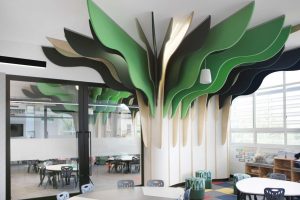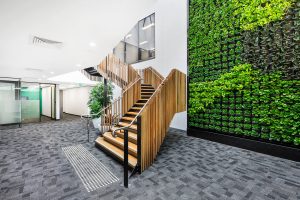
How will a healthy office look in the future?
As of right now, deep into April 2020, none of us know for sure what life will look like once social distances close and the world reopens. What we can know for sure is that the possibility of a global pandemic is no longer out of the question and we should move forward, better prepared in the event that recent history repeats. The frightening prospect of reoccurrence is countered by the fact that the world is full of brilliant people who will learn from this this experience and find ways to better prepare for and protect against a next time, if there is one.
In fact, it’s not only the scientists, medical researchers and similar innovators that will face a new challenge after all of this is over. Multiple industries will be forced to rethink what they do and how they do it. Within our area of expertise, we’re already asking questions surrounding commercial interior design and how COVID-19 will inspire new ideas, attitudes and decisions, particularly in relation to health.
Questions to come and answers to find
In times of uncertainty there’s always the unsettling feeling that there are more questions than answers – in this case:
- What new or enhanced ways can design be used to promote or even facilitate better health?
- Will we see an industry-wide pursuit of innovation that protects us in ways we couldn’t have imagined, in ways we’ve not yet thought about?
- Could these innovations directly or indirectly lead to more distance and division and if so, what’s the counterbalance?
- Will significant portions of the workforce simply end up working from home to facilitate ongoing social distancing protocols?
At this point, at this moment, these are difficult questions to answer but, as some have suggested, “the best time to think about these issues was 2 years ago, the second best time is right now” – that’s what we’re doing.
One can expect that the following aspects of commercial interior design will require new scrutiny: building health, air filtration and ventilation, general cleaning and maintenance and facilities management, to name a few. Ideally, and in all likelihood, in the same way that safety, ways of working, traffic flow, branding, collaboration, mental health and general wellbeing considerations positively influence workplace design, so too will physical health. That kind of shift in perspective, putting aside its tragic catalyst, could move us forward in ways we never thought possible.
As we’ve often said, “the only constant is change” and our collective challenge is to strive to stay ahead of the curve (balls) instead of frantically reacting to them. That, in itself, will help create a healthier future for all of us.




